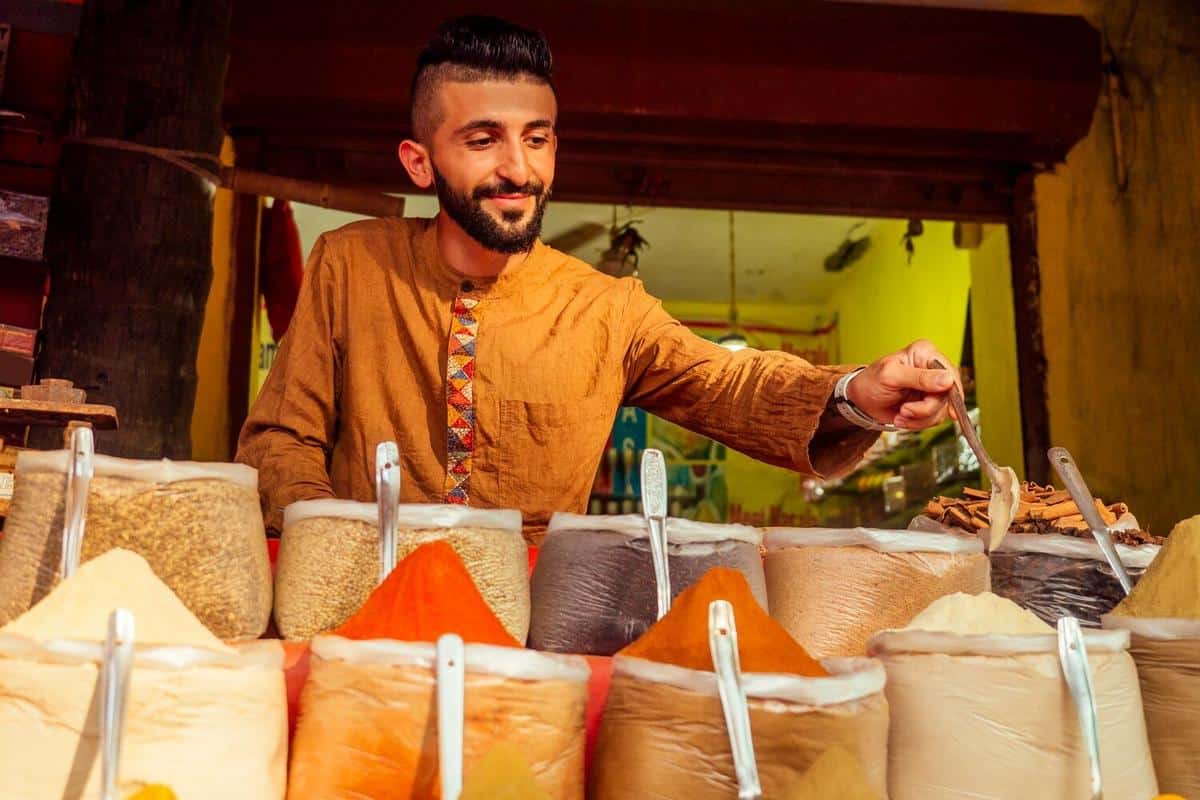
A Journey Through Indian Spices and Dishes
Exploring the vibrant tapestry of Indian spices and dishes offers a window into a culture rich with history, diversity, and flavor. This journey not only tantalizes the taste buds but also offers insights into the cultural significance of each spice and dish.
India’s culinary landscape is a mosaic of flavors, each region contributing its unique twist to the nation’s gastronomic identity. The use of spices in Indian cuisine is not just about flavor but also about enhancing the nutritional value of the food. According to culinary expert Madhur Jaffrey, “Spices are the backbone of Indian cooking, providing both depth and character to dishes.”
The Essential Indian Spices
Indian cuisine is renowned for its use of a wide variety of spices. Here is a table showcasing some of the most essential spices:
| Spice | Flavor Profile | Common Uses |
|---|---|---|
| Turmeric | Earthy, Bitter | Curry, Soups |
| Cumin | Warm, Nutty | Curries, Stews |
| Coriander | Citrusy, Sweet | Garam Masala, Pickles |
| Mustard Seeds | Pungent, Spicy | Tempering, Pickles |
| Cardamom | Sweet, Floral | Chai, Desserts |
| Cloves | Sweet, Spicy | Biryani, Marinades |
| Cinnamon | Sweet, Woody | Desserts, Curries |
| Chili Powder | Hot, Spicy | Curry, Stews |
Famous Indian Dishes
Each region in India boasts its signature dishes, often defined by the spices used. A few noteworthy dishes include:
- Butter Chicken: A North Indian dish, rich with butter and cream.
- Rogan Josh: A spicy, aromatic curry from Kashmir.
- Dosas: South Indian crispy pancakes made from fermented rice batter.
- Biryani: A fragrant rice dish layered with marinated meat or vegetables.
- Samosas: Deep-fried pastries filled with spiced potatoes, peas, and sometimes meat.
According to a study by the Institute of Food Technologists, the use of spices in Indian food not only enhances flavor but also offers health benefits, such as anti-inflammatory properties from turmeric and improved digestion from cumin.
Cooking Tips for Indian Cuisine
For those new to cooking Indian dishes, here are some tips to get started:
- Start with a simple recipe to get familiar with the spices.
- Use fresh spices for the best flavor.
- Don’t rush the cooking process; let spices bloom in hot oil to release their full aroma.
- Experiment with spice combinations to suit your taste.
Frequently Asked Questions
What is the most common spice in Indian cooking?
Cumin is one of the most common spices, known for its warm and earthy flavor.
Are Indian spices healthy?
Yes, many Indian spices have health benefits, such as turmeric’s anti-inflammatory properties.
Conclusion
Indian cuisine, with its intricate use of spices and diverse dishes, offers a culinary adventure like no other. Whether you’re a seasoned cook or a curious beginner, diving into this rich food culture is a rewarding experience. Why not start your journey today by trying your hand at a traditional dish or experimenting with a new spice? The flavors of India await you.


